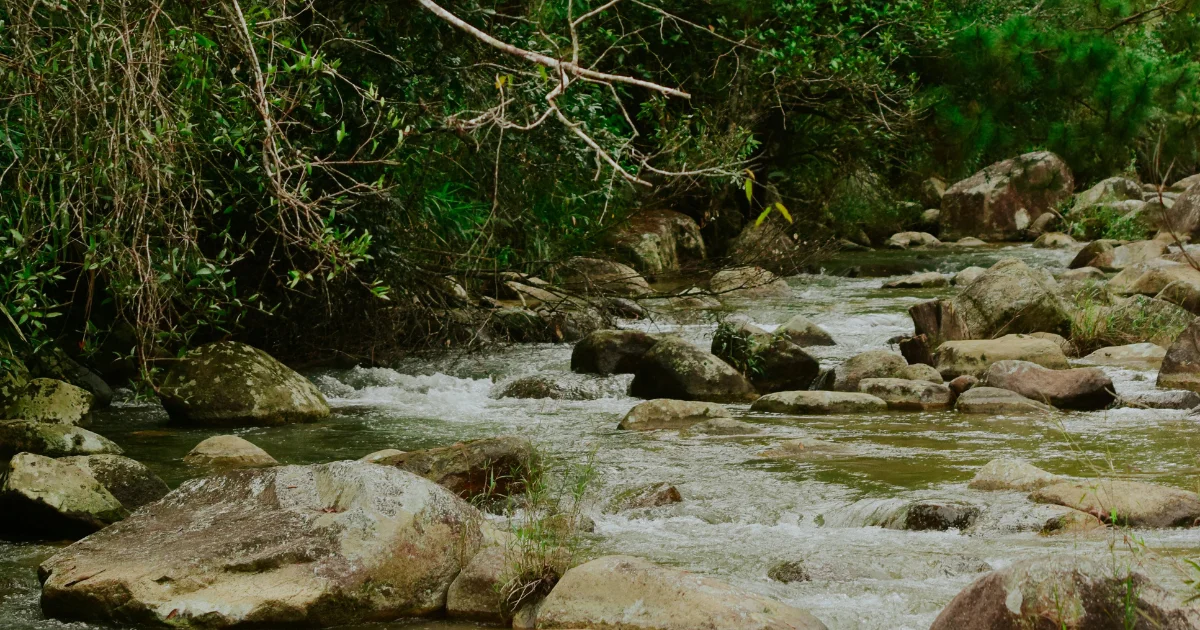Why Trees Are Key to Cooling Our Cities
As cities grow and become more crowded, one of the biggest challenges they face is rising temperatures. This is partly due to the urban heat island effect, where cities are much hotter than rural areas because of heat-trapping buildings, roads, and concrete surfaces. Fortunately, trees can help cool cities in many ways, making them more comfortable and healthier places to live. Let’s explore why trees are so important in cooling our cities.
Table of Contents
ToggleTrees Provide Shade and Reduce Heat
One of the simplest and most effective ways trees help cool cities is by providing shade. When trees grow along streets, parks, or around buildings, they block the sun’s rays from hitting hard surfaces like asphalt and concrete. These materials absorb heat, making the area feel much hotter.
By planting more trees, we can:
Lower the temperature of streets and buildings by providing shade.
Make public spaces more comfortable, especially during hot weather.
For example, a single tree can reduce the temperature of a sidewalk by 10–15°F, making it much cooler for people walking by.
Evapotranspiration: Trees Cool the Air
Another way trees help cool our cities is through evapotranspiration, which is the process by which trees release water vapor into the air.
Trees absorb water from the ground through their roots.
This water moves up the tree and is released as vapor through tiny openings in the leaves.
As the water evaporates, it cools the air around the tree, much like how sweating cools the human body. On hot days, this natural cooling effect is especially helpful in cities, where the heat can feel overwhelming.
Trees Reduce the Urban Heat Island Effect
The urban heat island effect occurs when cities become significantly warmer than surrounding rural areas. This happens because of the large amounts of heat-absorbing materials like roads, buildings, and parking lots. These surfaces trap heat during the day and slowly release it at night, keeping cities warm around the clock.
Trees help reduce the urban heat island effect by:
Providing shade to surfaces that would otherwise absorb heat.
Cooling the air through evapotranspiration, which lowers the overall temperature.
Increasing greenery in cities, which reduces the amount of heat-absorbing surfaces.
Planting more trees in cities can make a huge difference in lowering temperatures, especially during heatwaves.
Trees Improve Air Quality
In addition to cooling the air, trees also help improve air quality in cities. Trees absorb harmful gases like carbon dioxide (CO₂), sulfur dioxide (SO₂), and nitrogen oxides (NOₓ), which can make the air feel warmer and more polluted. By filtering these pollutants, trees help clean the air and create a healthier environment for people to breathe.
Cleaner air is not only cooler but also safer to breathe. It can help reduce the risk of heat-related illnesses, respiratory problems, and other health issues that arise from pollution and extreme heat.
Trees Help Save Energy and Reduce Costs
Another benefit of trees in cities is that they can lower energy costs. When trees shade buildings, they help reduce the need for air conditioning during hot weather. This leads to lower energy bills for homeowners and businesses.
In the long run, more trees mean less demand for electricity, which helps reduce pressure on power grids during hot spells. Additionally, by planting trees, cities can save on infrastructure costs related to cooling systems and air conditioning, making it a win-win for both residents and local governments.
Trees Provide Green Spaces for Relaxation
Besides their cooling effects, trees also provide green spaces where people can relax and escape the heat. Parks, community gardens, and tree-lined streets offer a refreshing break from the hot, concrete jungle of urban life. These green spaces are especially important for mental and physical health, as they give people a chance to enjoy nature, exercise, and spend time outdoors.
Having more green spaces with trees also makes cities more attractive and livable, creating better quality of life for residents. They offer a natural place for people to gather, play, and relax, all while benefiting from the cooling effects trees provide.
How We Can Plant More Trees in Cities
To take full advantage of the cooling benefits trees offer, cities need to plant more trees and protect existing ones. Here are some ways to make it happen:
Plant trees in neighborhoods: Adding more trees along streets and in parks can help cool down entire areas.
Create green roofs and walls: These are roofs and walls covered with plants that can reduce temperatures in city buildings.
Protect existing trees: Mature trees provide the greatest cooling benefits, so it’s important to preserve and care for the trees that are already in place.
Promote urban forestry: Planting trees in larger areas, such as city forests or woodlands, can cool entire parts of a city.
Support local tree planting programs: Encouraging community participation in tree planting can help increase the number of trees in cities.
Relevant post: In impressive trees influence the climate in 2024
Other Relevant: Trees and Climate Change: How Forests Benefit the Climate
Conclusion
Trees are one of the most effective ways to cool our cities and make them more livable. By providing shade, cooling the air through evapotranspiration, improving air quality, and reducing the urban heat island effect, trees help create a more comfortable and sustainable environment. As cities continue to grow and temperatures rise, planting more trees is one of the simplest and most powerful solutions to urban heat.
We must continue to plant and protect trees, not only for their beauty but for the essential role they play in cooling our cities and improving quality of life. Let’s work together to make our cities greener and cooler, one tree at a time!




